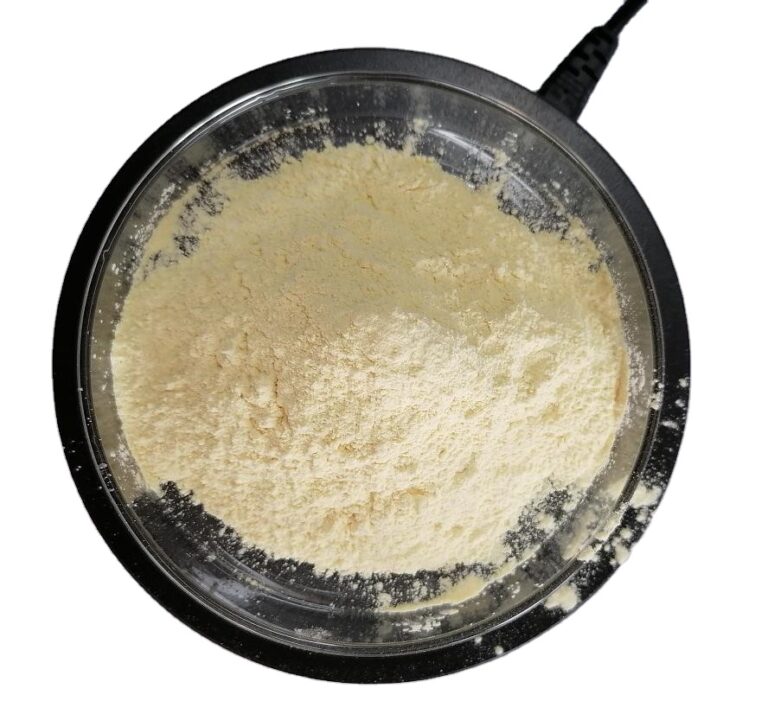P-Chlorophenyl Isocyanate
Basic Info:
Characteristics:
We help you source P-Chlorophenyl Isocyanate in China
Our Advantages:
We have a 20+ year track record of working with suppliers in China and rating reports on them, and we keep our suppliers updated with the latest news so our customers can get the latest supplier reports. We know the market well and have early warning notifications on upstream raw material prices to help you build a stable supply chain.
When selecting suppliers, our procurement specialists will audit the qualification of suppliers, conduct thorough investigations such as field visits and sample testing, and make ratings to ensure the authenticity and legality of supplier information.
We have a long-term stable cooperation with GLP laboratories, encounter customer test results and supplier test results do not match the situation, we will commission a third party to test to ensure the accuracy, authenticity and reliability of the experimental results. In this way, we can effectively control the product quality problems.
We have a long-term cooperative warehouse and can follow up packaging and labeling according to safety regulations and customer requirements. In order to effectively prevent damage to the goods in transit, we have prepared various reinforcement measures and packaging solutions.
We have a number of international freight companies with whom we have long-standing cooperation, and we can choose several route options according to the customer's requirements. For more difficult or urgent orders, we will prepare several alternative solutions to ensure safe and timely delivery.
We promise to immediately and unconditionally exchange or return the goods if they have quality problems. Our employees who deal with after-sales issues have many years of international work experience and are familiar with various processes in multinational work, so they can communicate and deal with after-sales issues without any obstacles.
Request a quote for P-Chlorophenyl Isocyanate
Introduction:
Applications:


